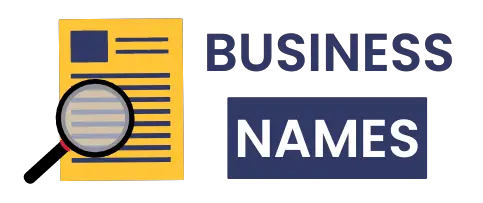The bank balance said $847. Six months earlier, it showed $52,000 from my side hustles. Sound familiar?
Here’s the harsh reality: 70% of side hustles fail within the first year due to poor money management. 59% of Americans can’t cover a $1,000 emergency expense despite earning extra income.
This guide reveals exactly why side hustlers lose money they’ve earned and gives you 10 actionable money-saving strategies for 2025. You’ll learn how to protect your side income from lifestyle inflation and build real financial security. Your side hustle success truly depends on managing your money, not just making it.
The Complete Guide to Managing Your Side Hustle Money in 2025
Your side hustle is bringing in money. But where is it all going? You’re not alone if you feel like your extra income disappears faster than you can earn it.
⚠️ The Side Hustle Money Crisis
2025 Statistics That Will Shock You
Can’t cover a $1,000 emergency expense
Of side hustles fail in the first year
Average monthly side hustle income
Median emergency savings amount
Have more credit card debt than emergency savings
Emergency Fund Reality: Gen Z vs Boomers
– Mark Hamrick, Bankrate Senior Economic Analyst
This guide will show you exactly how to keep more of what you make. You’ll learn from real success stories and costly mistakes. Most importantly, you’ll get 10 strategies that actually work.
The $50K Side Hustle Success Story
Meet Sarah, a marketing manager who built multiple income streams that now bring in over $4,000 monthly. She didn’t get there overnight. It took two years of smart planning and even smarter money management.

Here’s what makes Sarah different from most side hustlers. She treats each income source like a separate business. Her freelance writing brings in $1,500 monthly. She sells online courses for $800 monthly. Consultation services add another $1,200. Even affiliate marketing chips in $500.
But the real secret isn’t how much she makes. It’s what she does with the money.
Sarah follows strict rules. She saves 30% of every side hustle dollar before she can spend it. She keeps business and personal money separate. She plans for taxes from day one.
The numbers back up her approach. The average side hustler makes $891 monthly. But 45% of Americans now have side hustles, averaging $1,215 monthly. The top earners like Sarah hit $2,000 or more.
What sets successful side hustlers apart? They think beyond the next paycheck. They build systems that protect their money. They don’t let lifestyle inflation eat their profits.
Sarah’s story proves something important. Side hustle success isn’t about working more hours. It’s about managing your money better than everyone else.
The data shows this trend will continue. 65% of Gen Z and Millennials plan to keep their side hustles going in 2025. They’ve learned that extra income can change everything. But only if you know how to keep it.
Sarah’s biggest lesson? “I used to think making more money would solve my problems. Now I know that keeping more money is what actually changed my life.”
How I Lost $50K in Just 6 Months – The Fatal Mistakes
Let me tell you about Mike’s expensive education in side hustle money management. In six months, he went from celebrating his first $50K year to owing more than he had in the bank.

Mike’s first mistake was lifestyle inflation. When his consulting income jumped to $4,000 monthly, he immediately upgraded everything. New car payment. Bigger apartment. Daily expensive lunches. He spent every extra dollar before he could save it.
His second mistake was having no emergency fund. Like 54% of Americans, Mike had less than three months of expenses saved. When two big clients delayed payments, he had no buffer. He maxed out credit cards just to pay rent.
The third mistake nearly killed him financially. Mike put $15K into cryptocurrency speculation after watching YouTube videos. He thought his side hustle success made him an investment expert. The market crashed. His $15K became $3K in weeks.
Then came subscription creep. Mike signed up for every tool and service he thought would help his business. Project management software. Design tools. Multiple streaming services. Premium subscriptions for apps he used once. His monthly subscriptions hit $400. He never noticed because each one seemed small.
The final blow was taxes. Mike never set aside money for tax payments. When April came, he owed $12K in taxes. He had $2K in the bank. The IRS doesn’t accept “I didn’t know” as payment.
Mike’s story isn’t unique. 36% of side hustlers worry their extra income could disappear. 33% of Americans have more credit card debt than emergency savings.
The real tragedy? Mike’s side hustle was successful. He had great clients and steady income. But he made every money management mistake possible.
His advice now? “I thought budgeting and saving were for people who didn’t make enough money. I was wrong. The more you make, the more important money management becomes.”
Mike spent two years digging out of debt. Now he saves first, spends second. He wishes he’d learned these lessons before they cost him $50K.
The Side Hustle Money Crisis – You’re Not Alone
If you’re struggling with side hustle money, you’re part of a growing crisis. The numbers tell a harsh story about extra income in America.
Here’s the reality: 61% of side hustlers say life would be unaffordable without their extra income. This isn’t fun money anymore. It’s survival money.
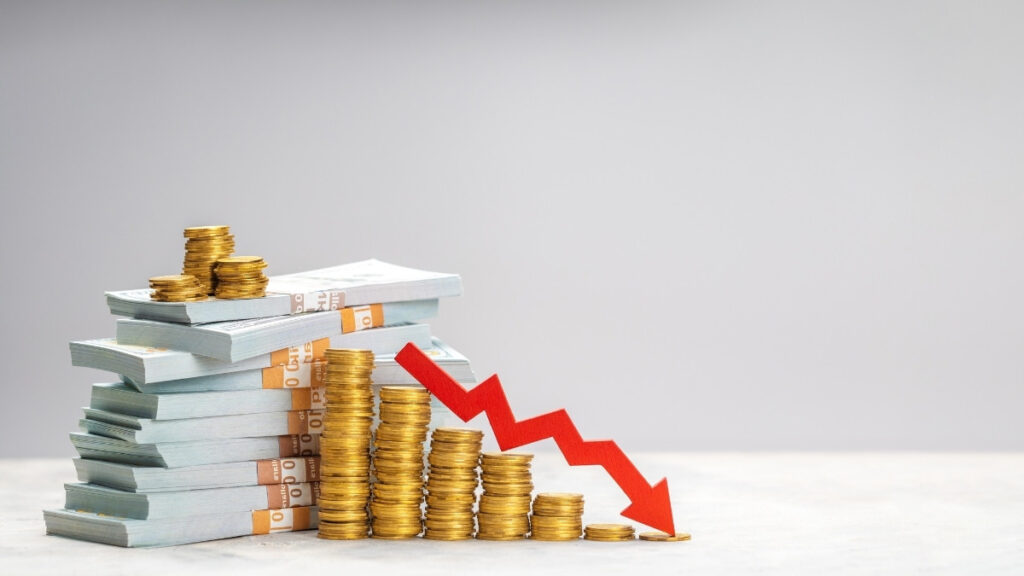
Most side hustlers aren’t making enough to get ahead. 71% earn less than $500 monthly. The median side hustle income is just $400. That’s barely enough to cover a car payment.
The pressure is getting worse. 21.6% of side hustlers do it “to make ends meet.” In 2021, that number was only 11.8%. More people need side income just to survive.
Take Jennifer, a teacher with two kids. She tutors online for $300 monthly. Without that money, she can’t afford groceries and daycare. “I work until 10 PM most nights,” she says. “But I still feel broke.”
Or consider Marcus, a retail worker who drives for food delivery apps. He makes $400 monthly after gas and car expenses. “I’m working seven days a week and still can’t save anything,” he explains.
The emergency fund gap shows how desperate things have become. Gen Z has a median emergency fund of just $400. Boomers have $2,000. Younger people are starting their financial lives behind.
This creates a dangerous cycle. People need side hustles to survive. But they can’t save money from their side hustles. So they never build the financial security that would let them stop side hustling.
The mental toll is real. Side hustlers report higher stress and anxiety. They work more but feel less secure. The promise of extra income becomes a trap.
But here’s what the data also shows: side hustlers who manage their money well break free from this cycle. They turn survival income into wealth-building income. The strategies exist. Most people just don’t know about them.
You can be different. The next section shows you exactly how.
10 Money-Saving Strategies That Actually Work in 2025
1. Build Your Emergency Fund FIRST – Not Last
Your emergency fund isn’t optional anymore. It’s the foundation of everything else you’ll build. Start with $1,000 as your first goal. Then work toward three to six months of expenses.
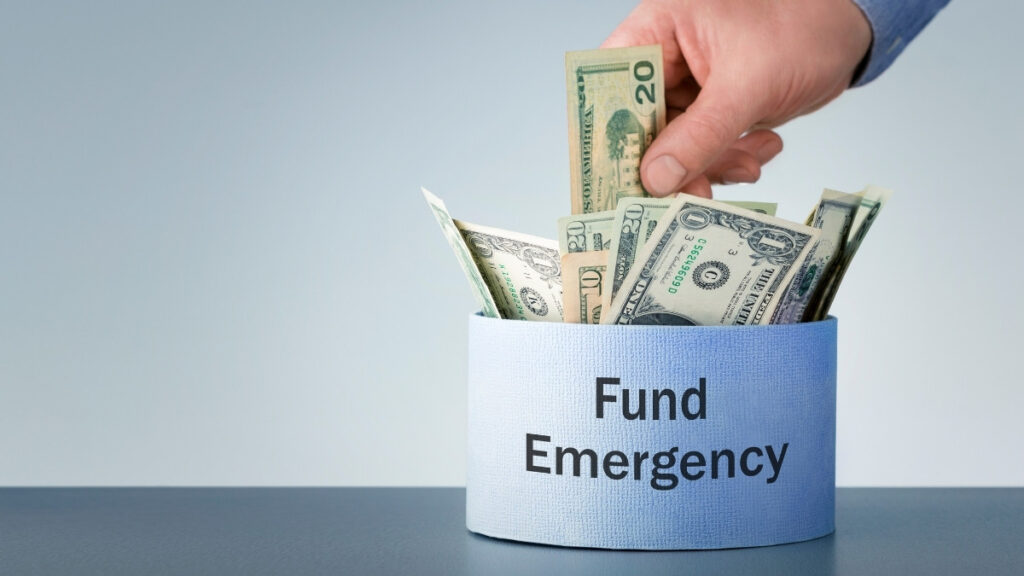
Put this money in a high-yield savings account earning 4-5% interest. Online banks like Marcus and Ally offer these rates. Your regular bank probably pays less than 1%.
Make it automatic. Set up transfers of $250 per paycheck if you’re paid biweekly. That’s $500 monthly. In 10 months, you’ll have $5,000 saved.
The key is treating this like a bill you must pay. Your emergency fund payment comes before entertainment, shopping, or expensive dinners. When unexpected expenses hit, you’ll have cash instead of debt.
Don’t touch this money for “opportunities” or “emergencies” that aren’t real emergencies. A broken car is an emergency. A sale on something you want is not.
2. Use the 50-30-20 Rule for Side Income
Every dollar from your side hustle should have a job before you earn it. The 50-30-20 rule gives each dollar a clear purpose. 50% goes to needs. 30% goes to wants. 20% goes to savings and debt repayment.
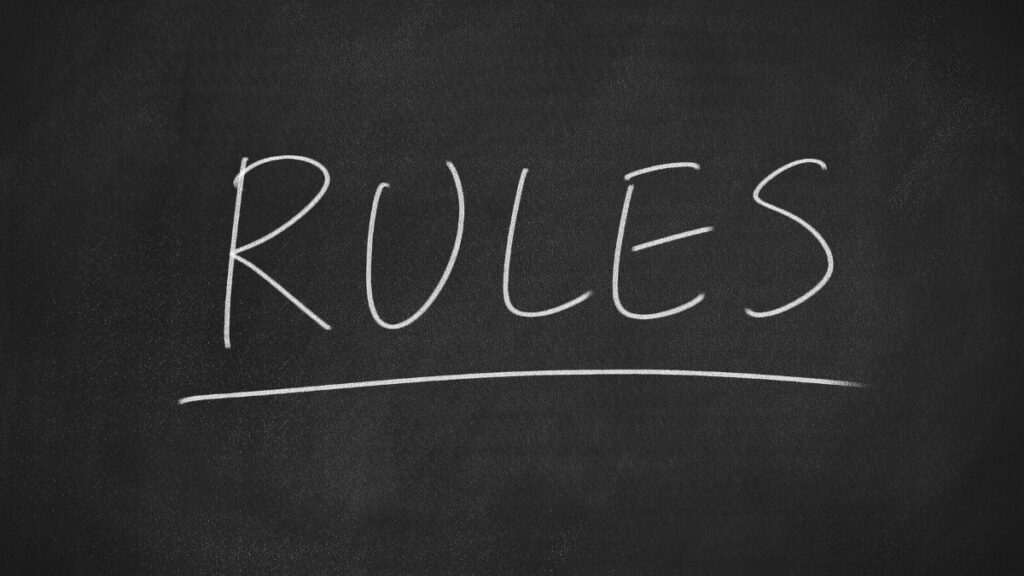
Apply this specifically to your side hustle earnings, not your total income. If you make $1,000 from your side hustle, $500 covers needs like bills or debt payments. $300 is for wants like entertainment or shopping. $200 goes straight to savings or extra debt payments.
Track this with budgeting apps like YNAB or EveryDollar. Set up separate categories for side hustle money. This prevents your extra income from disappearing into general spending.
The rule forces you to save before you spend. Many people save what’s left over. Successful people save first and spend what’s left over.
Adjust the percentages based on your situation. If you have high-interest debt, use 30% for debt repayment instead of wants. If your emergency fund is full, increase savings to 30%.
3. Automate Your Savings Before You Can Spend It
Willpower fails. Automation works. Set up automatic transfers to move money to savings the moment you get paid from side work.
Open a separate high-yield savings account just for side hustle money. Name it something motivating like “Freedom Fund” or “House Down Payment.” Connect it to your checking account.
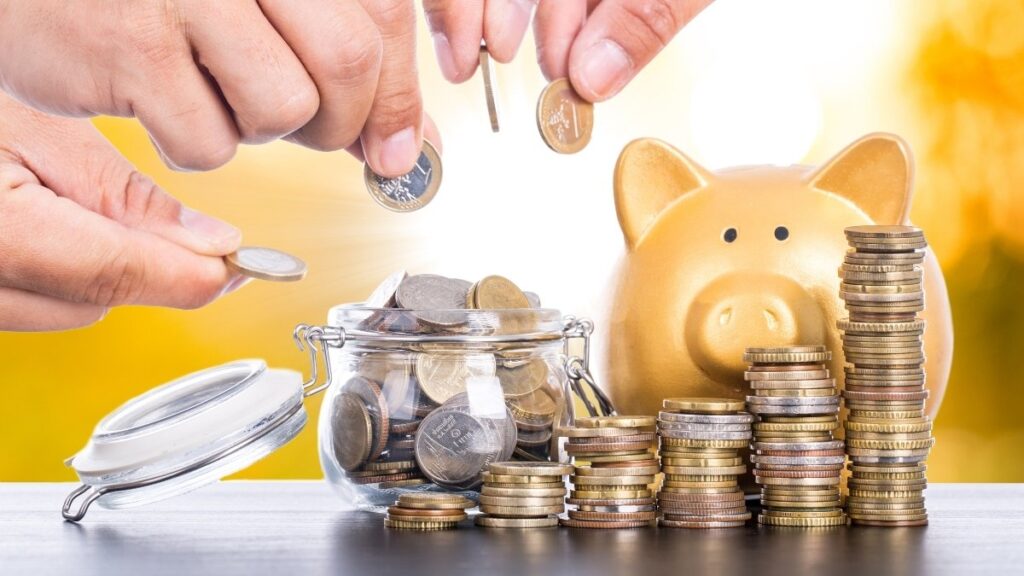
Schedule transfers for the day after you typically receive side income. If clients usually pay on Fridays, schedule transfers for Saturdays. This removes the temptation to spend first and save later.
Start with any amount. Even $25 automatic transfers build the habit. Increase the amount every month. Your goal is to automate saving 20-30% of side income without thinking about it.
The “pay yourself first” principle works because you never see the money in your spending account. You can’t miss money you never had access to. This single strategy can save you thousands yearly.
4. Combat Lifestyle Inflation with Fixed Ratios
Lifestyle inflation kills more financial dreams than market crashes. When income goes up, spending goes up to match. This leaves you no better off despite earning more.
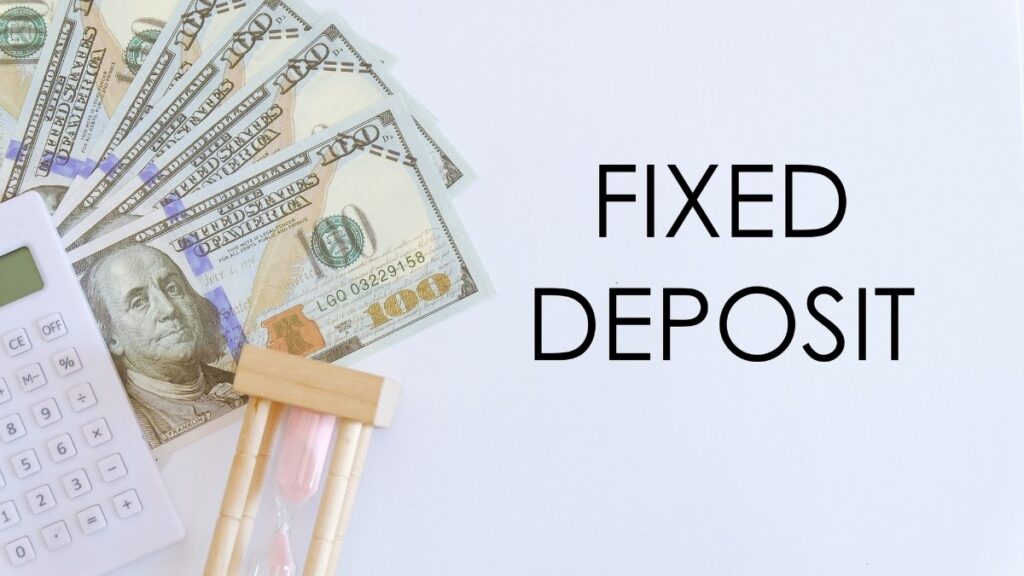
Create a fixed ratio rule: for every $100 extra you earn, save $40 and spend $60. This lets you enjoy some lifestyle improvements while building wealth.
Keep your core living expenses stable regardless of income growth. Your rent, car payment, and basic groceries shouldn’t increase just because you make more money. Lifestyle upgrades should come from the designated 60%, not from inflating your fixed costs.
Track your fixed expenses monthly. If they’re growing faster than your income, you’re losing the battle against lifestyle inflation. Cut back immediately.
The ratio rule prevents the “just this once” mentality that destroys budgets. Every spending decision gets filtered through your predetermined ratio. This removes emotion from money decisions and keeps you on track for long-term goals.
5. Create Separate Business and Personal Accounts
Mixing business and personal money is financial quicksand. Open dedicated business checking and savings accounts for your side hustle. Get a separate credit card too.

This separation serves multiple purposes. You can track business expenses accurately for tax deductions. You’ll see exactly how much profit you’re making. You won’t accidentally spend business money on personal expenses.
Use dedicated spreadsheets or apps for client tracking. Record every payment, expense, and profit margin. This data helps you make smart business decisions and spot problems early.
Having separate accounts also makes tax time easier. Your accountant can quickly see business income and expenses. You’ll qualify for more deductions and avoid mixing personal purchases with business expenses.
Set up automatic transfers from your business account to personal accounts for your salary and savings. This creates a clear boundary between business money and personal money.
6. Plan for Taxes Throughout the Year
Side hustle income is almost always taxable. The IRS expects you to pay taxes on this income, even if no one sends you a 1099. Set aside 25-30% of every side hustle dollar for taxes.

Open a separate “tax savings” account. Transfer your tax money here immediately when you get paid. Don’t touch this money for any other purpose.
Make quarterly estimated tax payments if you expect to owe more than $1,000. The deadlines are January 15, April 15, June 15, and September 15. Missing these deadlines creates penalties and interest charges.
Keep detailed records of business expenses. Office supplies, software subscriptions, travel costs, and equipment purchases may be deductible. These deductions reduce your taxable income.
Consider working with a tax professional who understands side business income. The cost of professional help is usually less than the penalties and missed deductions from doing taxes wrong.
7. Cancel and Audit Subscriptions Monthly
Subscription creep kills budgets slowly. Most people have subscriptions they forgot about or services they rarely use. These $10 and $20 charges add up to hundreds monthly.
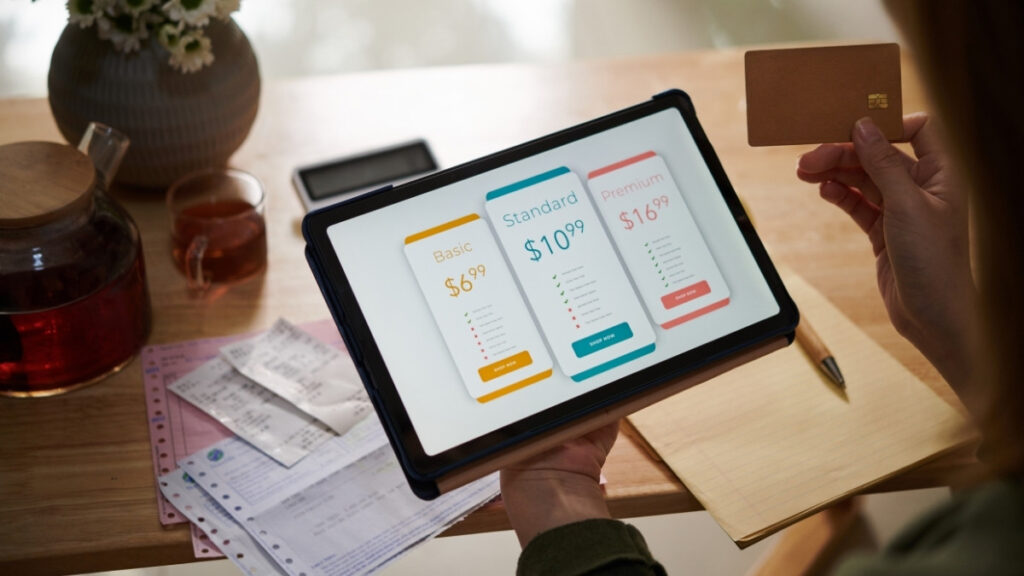
Schedule a monthly subscription audit. Review your bank and credit card statements line by line. Cancel anything you haven’t used in 30 days.
Common subscription traps include streaming services you never watch, app subscriptions you tried once, gym memberships you don’t use, and software you thought you needed but don’t.
Use apps like Truebill to track and cancel subscriptions automatically. These apps can save you hundreds yearly by catching subscriptions you missed.
Redirect saved subscription money to your emergency fund or debt payments. If you cancel $100 in monthly subscriptions, that’s $1,200 yearly that can go toward your financial goals instead of services you don’t use.
8. Focus on Paying Down High-Interest Debt First
Not all debt is equal. Focus your extra money on high-interest debt first. Credit cards charging 20-30% interest cost you more than mortgages at 3-7% interest.

Use the debt avalanche method: pay minimums on all debts, then put every extra dollar toward the highest interest rate debt. This saves you the most money in interest charges.
During periods of high interest rates, prioritize variable rate loans and credit cards. Fixed-rate mortgages at low rates can wait. Your money works harder paying off high-interest debt than making extra mortgage payments.
Don’t rush to pay off low-rate debt. If your mortgage rate is 3%, but you can earn 4-5% in high-yield savings, keep the mortgage and save the extra money.
Calculate the total interest cost of each debt. This shows you exactly how much money you’ll save by paying debts off early. The math will motivate you to stay focused on high-interest debt first.
9. Diversify Income Streams, Not Investments
Most financial advice focuses on investment diversification. But for side hustlers, income diversification matters more. Multiple income sources protect you better than multiple investments.
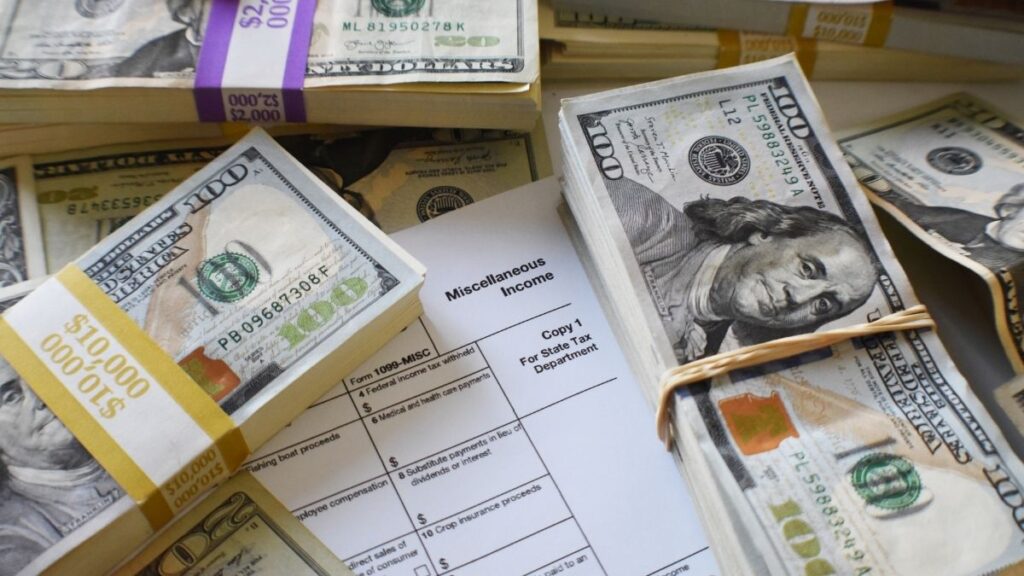
Build 3-5 different income streams before you worry about complex investments. This might include freelancing, online courses, consulting, affiliate income, and product sales.
For investments, keep it simple. Put 80% in stable index funds and 20% in speculative investments. Don’t try to beat the market with complex strategies until you have solid income and emergency funds.
Focus on passive income strategies like online courses, digital products, or affiliate marketing. These continue earning money even when you’re not actively working.
The goal is reducing your dependence on any single income source. If one stream disappears, the others keep you financially stable while you replace the lost income.
10. Set Up “Windfall Rules” for Extra Money
Unexpected money like tax refunds, bonuses, or large client payments can disappear quickly without a plan. Create specific rules for handling windfalls before the money arrives.

A good windfall rule: save 50% of any unexpected money over $500. This protects you from lifestyle inflation while letting you enjoy some of the windfall.
For smaller windfalls under $500, save 25%. For large windfalls over $5,000, save 75%. Adjust these percentages based on your financial situation and goals.
The key is having the rule decided before you get the money. When a $2,000 tax refund arrives, you already know $1,000 goes to savings. This prevents the windfall from disappearing into general spending.
Use windfalls to jumpstart financial goals. Pay off high-interest debt, boost your emergency fund, or make a large investment contribution. Windfalls are opportunities to make months of progress in a single day.
Red Flags Your Side Hustle Money is at Risk
Your side hustle might be hurting your finances instead of helping them. Watch for these warning signs that indicate your money management needs immediate attention.
Working more than 20 hours weekly on your side hustle often leads to burnout and poor decision-making. You’re tired, stressed, and more likely to make expensive mistakes. Quality work suffers, which hurts your reputation and future income.
If your side hustle is negatively affecting your full-time job performance, you’re risking your main income source to protect a smaller one. This backwards thinking can cost you promotions, raises, or even your job.
Using side income to cover basic living expenses regularly means you’re living beyond your means. Your side hustle becomes a financial crutch instead of wealth-building tool. If the side income stops, you’ll face immediate financial crisis.
Having no separate business accounting means you don’t really know if your side hustle is profitable. You might be losing money after accounting for all expenses and taxes. Mixing business and personal expenses hides the true cost of your side work.
Constantly borrowing from savings or using credit cards for business expenses indicates cash flow problems. Profitable businesses generate positive cash flow. If you’re always short on business funds, something is wrong.
Feeling anxious or stressed about money despite earning extra income suggests deeper financial management issues. More income should increase financial security, not anxiety. If you’re earning more but feeling less secure, your money management system is broken.
Finally, if you can’t take a week off from your side hustle without financial hardship, you’ve created another job instead of building wealth. True financial security comes from systems that work without constant effort.
Tools and Resources for 2025
The right tools make money management effortless. These resources can save you hours and help you avoid costly mistakes.
For high-yield savings accounts, Marcus and Ally Bank offer 4-5% APY with no monthly fees. These rates are significantly higher than traditional banks. Online banks can offer better rates because they have lower overhead costs.
YNAB (You Need A Budget) and EveryDollar are the best budgeting apps for side hustlers. YNAB costs $99 yearly but saves most users hundreds in better spending decisions. EveryDollar has a free version that works well for basic budgeting.
For business management, simple tools work best. Use Salesforce CRM for client management if you have multiple clients. For simpler needs, a basic spreadsheet tracks clients and payments effectively.
QuickBooks Self-Employed handles business expense tracking and tax preparation for side hustlers. TurboTax also has specific features for freelancers and side business owners. Both integrate with bank accounts to automatically categorize expenses.
For investments, Fidelity and Vanguard offer low-cost index funds perfect for side hustlers. Start with broad market index funds before getting into complex investments. These companies have excellent educational resources for beginners.
Banking apps like Qapital and Acorns round up purchases and invest the spare change. While the amounts are small, these apps build investing habits without requiring large amounts of money.
Free resources include the IRS website for tax information, your bank’s financial education materials, and library books on personal finance. Don’t pay for information you can get free from reliable sources.
Conclusion
Side hustle success isn’t about earning more money. It’s about keeping more of what you earn. The strategies in this guide work because they focus on systems, not willpower.
Start with building your emergency fund. This single step will change how you feel about money and give you confidence to make better financial decisions. Every other strategy becomes easier when you have a financial buffer.
Remember that financial habits matter more than income amounts. Someone making $30K with good money habits will build more wealth than someone making $100K with poor habits. Focus on building systems that work automatically.
Economic uncertainty makes these strategies more important than ever. Having multiple income streams, emergency funds, and smart money management protects you from whatever comes next.
Don’t try to implement all 10 strategies at once. Pick one that resonates with you and master it. Then add another strategy. Small, consistent improvements compound over time into life-changing results.
Your future self will thank you for every dollar you save and every good financial habit you build today. The best time to start managing your side hustle money was yesterday. The second best time is right now.
Start today: Open a high-yield savings account and automate $25 weekly transfers. Your future self will thank you.
Master side hustle money management in 2025 by implementing these proven strategies one at a time. Your financial freedom depends on what you do with your money, not just how much you make.
